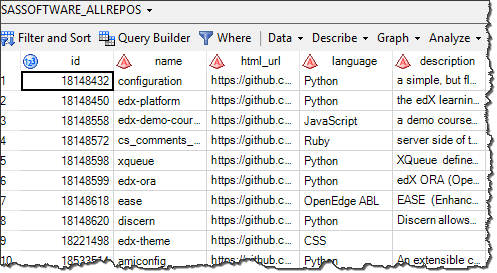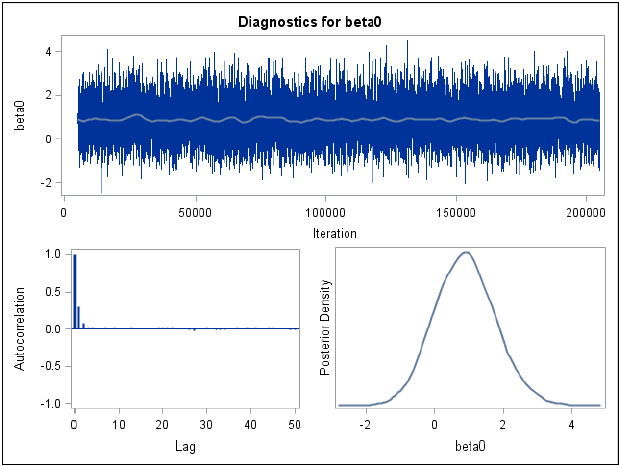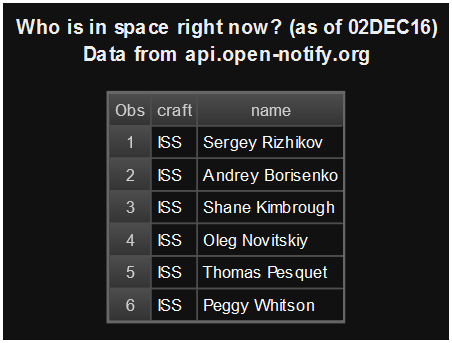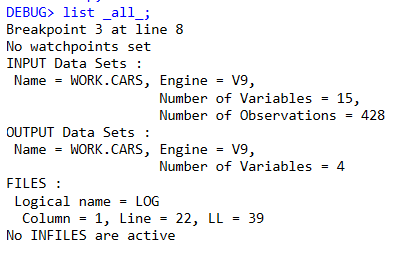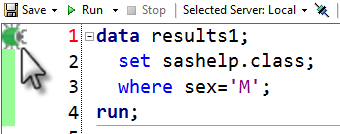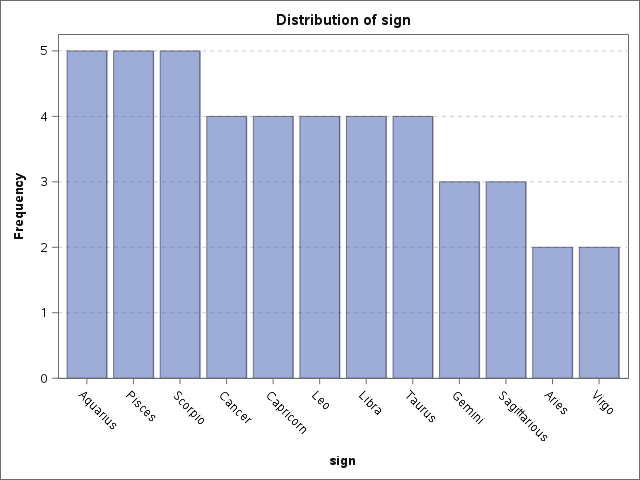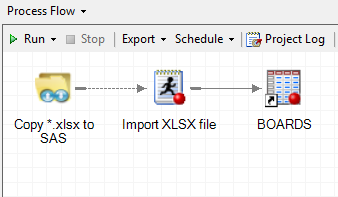
Did you know that PROC SQL captures the record count for a result set in a special automatic macro variable? When you create a subset of data to include in a report, it's a nice touch to add a record count and other summaries as an eye-catcher to the report



